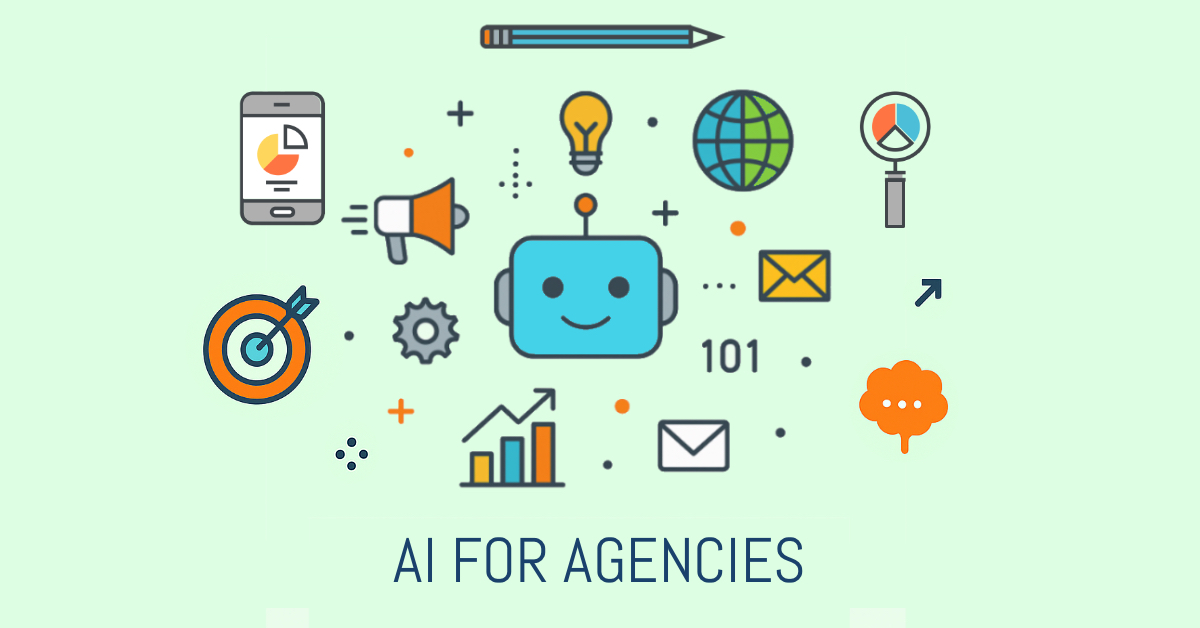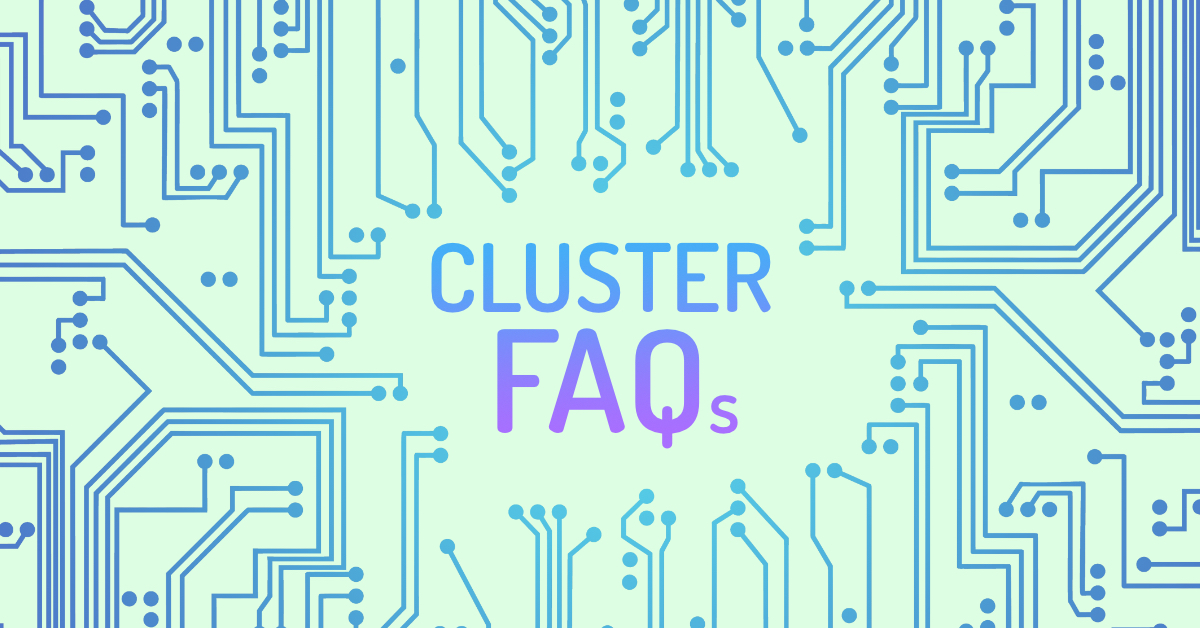
You’ve invested time and resources creating exceptional blog posts, case studies, and social media content. Your pieces are well-researched, thoughtfully written, and designed to showcase your expertise. But if your content isn’t reaching the right audience, was it even worth the investment?
While many businesses focus heavily on content creation, distribution remains a critical weakness in most content strategies. According to research conducted by Content Marketing Institute (CMI), effective distribution is a key differentiator between top-performing marketers and their less successful peers.
We’ll explore the frameworks that can transform your content marketing efforts by ensuring your carefully crafted content reaches—and resonates with—your target audience. But first, let’s dive in to the heart of the issue.
Why Most Content Marketing Strategies Fall Short
The content marketing landscape has become increasingly crowded. Approximately 7 million blog posts are published daily in 2025. Breaking through this noise requires more than just quality content—it demands a strategic approach to distribution.
Here’s what typically happens:
- Companies invest significant resources in creating high-quality content
- They publish it on their website or blog
- They share it once on their social media channels
- They move on to creating the next piece
This “publish and pray” approach rarely generates meaningful results. Without a structured distribution strategy, even exceptional content struggles to find its audience.
5 Content Distribution Frameworks That Drive Results
Strategic content distribution isn’t about randomly promoting your content everywhere possible. It’s about systematically delivering your content to the right audiences through the right channels at the right time. Here are proven frameworks to consider:
1. The Owned, Earned, Paid Media Framework
This classic framework divides distribution channels into three categories:
Owned Media: Channels you control completely, such as your website, blog, email list, and social media accounts.
Earned Media: Coverage you receive from others, including press mentions, guest posts, social shares, and backlinks.
Paid Media: Promotional channels you pay for, including social media advertising, PPC campaigns, sponsored content, and influencer partnerships.
The key to success with this framework is finding the right balance across all three categories. CMI reports that 84% of B2B marketers use paid channels to distribute content, with social media advertising being the most popular paid channel.
2. The PESO Model
Building on the previous framework, the PESO model adds a fourth category: shared media.
Paid Media: Any content you pay to distribute.
Earned Media: Publicity gained through promotional efforts other than advertising.
Shared Media: Content that’s shared across social platforms or communities.
Owned Media: Content you publish on channels you control.
The PESO model helps is designed to allow each type of media to support and amplify the others. For example, promoting owned media through paid channels can increase shares (shared media), which may lead to media coverage (earned media).
3. Hub and Spoke Distribution Model
The hub and spoke model treats your website as the central hub, with distribution channels as spokes extending outward. Each spoke drives traffic back to your hub.
Here’s how it works:
- Create a comprehensive piece of content for your website (the hub)
- Develop derivative content for various distribution channels (the spokes)
- Optimize each piece for its specific platform
- Include links back to your hub content
This approach maximizes the value of your original content while adapting it for different platforms and audiences. According to Orbit Media, this model is particularly effective for building authority around core topics while extending reach through multiple channels.
4. Content Atomization Framework
Content atomization involves breaking down a comprehensive piece of content into smaller “atoms” that can be distributed across multiple channels.
For example, a comprehensive research report could be atomized into:
- Blog posts focusing on specific findings
- Infographics highlighting key statistics
- Social media posts featuring individual data points
- Slides for presentation platforms
- Short video clips summarizing conclusions
- Podcast episodes discussing implications
This framework maximizes your content’s reach by adapting it to the specific requirements of each platform.
5. The Rule of Seven Distribution Framework
Based on the marketing principle that people need to see your message multiple times before taking action, this framework ensures your content reaches your audience through multiple touchpoints.
For each piece of content, plan different ways to distribute it:
- Publish on your website/blog
- Share across your social media channels (multiple times)
- Include in your email newsletter
- Repurpose for different formats (video, infographic, etc.)
- Share in relevant online communities
- Reach out to influencers in your industry
- Implement paid promotion
According to ZoomInfo, companies that use multichannel marketing experience 3x higher effectiveness rates than those using non-integrated campaigns.
Best Practices for Implementing Your Distribution Framework
Regardless of which framework you choose, follow these best practices for maximum impact:
Create a Distribution Calendar
Just as you have an editorial calendar for content creation, develop a distribution calendar that maps out when and where each piece will be shared. This prevents the common pitfall of sharing content once and forgetting about it.
Tailor Content for Each Platform
Different platforms have different formats, audience expectations, and optimal posting times. Customize your content for each channel rather than using a one-size-fits-all approach.
Focus on Quality Over Quantity
It’s better to excel on a few distribution channels than to perform poorly across many. Identify where your audience spends their time and focus your efforts there.
Measure and Optimize
Regularly analyze the performance of your distribution efforts. Which channels drive the most traffic? Which ones generate the highest-quality leads? Adjust your strategy based on these insights.
Build Relationships, Not Just Links
Successful content distribution often depends on relationships with other content creators, influencers, and communities. Invest time in building these relationships before you need them.
Building Your Custom Distribution Framework
The most effective distribution framework is one tailored to your specific business needs, audience preferences, and content types. Here’s how to build yours:
- Audit Your Current Performance: Analyze which distribution channels currently drive the most traffic and conversions
- Identify Audience Platforms: Research where your target audience spends their time online
- Assess Resources: Honestly evaluate your available time, budget, and expertise
- Select Primary Framework: Choose one of the frameworks above as your foundation
- Customize Your Approach: Adapt the framework to align with your specific needs
- Document Your Strategy: Create clear guidelines for your team
- Test and Iterate: Continuously evaluate and improve your framework
Common Distribution Mistakes to Avoid
Treating All Content Equally: Not all content deserves the same distribution effort. Your comprehensive guide deserves more promotion than your quick update post. Allocate distribution resources based on content value and strategic importance.
Neglecting Existing Content: Many marketers focus exclusively on distributing new content, overlooking the potential of their existing content library. Regularly redistribute your evergreen content to reach new audiences.
Overlooking Community Distribution: Platforms like Reddit, Quora, industry forums, and Facebook Groups can drive significant traffic and engagement when approached correctly. Don’t overlook these community channels in your distribution strategy.
Forgetting Internal Distribution: Your colleagues and employees can be powerful distribution allies. Encourage them to share content through their professional networks for extended reach.
Measuring Distribution Success
Effective measurement goes beyond basic traffic metrics. Consider these key performance indicators:
- Reach: How many people potentially saw your content
- Engagement: How people interacted with your content (comments, shares, etc.)
- Referral Traffic: Which distribution channels drove the most visitors
- Conversion Rate: Which channels generated quality leads or sales
- Content Velocity: How quickly and widely your content spreads
- Cost Per Acquisition: For paid distribution, what’s your cost to acquire a lead or customer
By tracking these metrics, you can continually refine your distribution strategy for maximum impact.
The Return on Distribution Investment
Keyword research costs time and money. Content creation costs time and money. Website infrastructure costs time and money. If you’re investing in these areas but neglecting distribution, you’re leaving significant value on the table.
According to Taboola, 90% of B2B marketers use social media platforms for content distribution, making it the most widely-used channel. However, in-person events (56%) and webinars (56%) are reported as producing the best results. This highlights the importance of using the right distribution channels for your specific goals and audience.
Transforming Your Content Marketing
Creating great content is only half the battle. With a strategic content distribution framework in place, you can ensure your content reaches and resonates with your target audience, driving meaningful business results.
At Headline Consultants, we specialize in developing comprehensive content marketing strategies that include robust distribution frameworks tailored to your business goals. Our approach doesn’t just focus on creating compelling content—it ensures that content works hard for your business by reaching the right people through the right channels.
Interested in maximizing the ROI of your content marketing? Contact us today to discuss how we can help you develop a content distribution framework that drives real results for your business.




